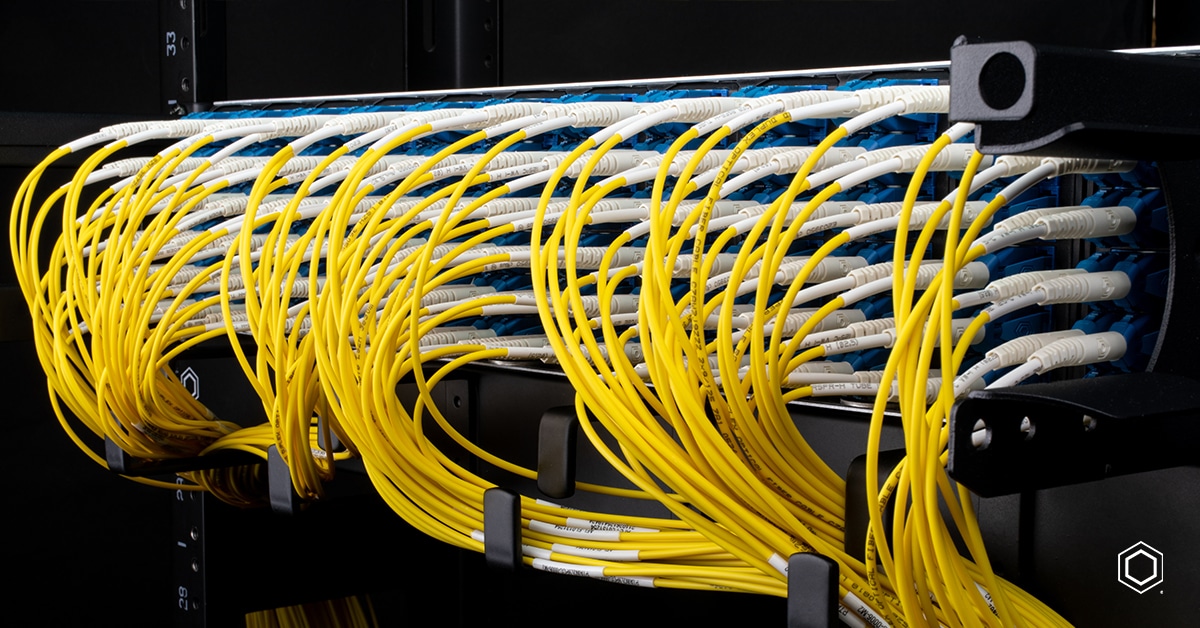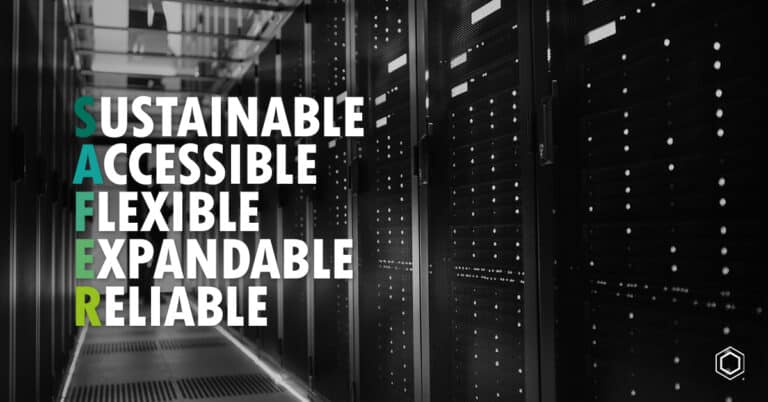Introduction: Gearing Up for Future Needs
The rise of digitisation and burgeoning data demands are reshaping the business landscape. In parallel, this drives frequent rapid change and demand within the data center, especially the precious equipment that sits within the datacenter racks. Whether it’s the new switches operating at higher network speeds and handling more connections, denser server compute or high-speed solid-state storage arrays, there is always something to tip the balance and move the bottleneck. As these environments expand, ensuring the reliability, flexibility, scalability and accessibility of your communication pathways – your central nervous system in your backbone is critical. Structured fiber cabling infrastructure is not an approach exclusive to large service providers and hyperscalers, the benefits are there for all. Especially now, as no matter how hard you try to predict the shape of your data center needs in five years’ time, maybe even two years’ time, you’ll likely fall short considering the pace of evolution in datacenter requirements.
Different scales, different needs: The Inflection Point Dilemma
Data centers are not homogeneous entities. The requirements of a data center vary significantly based on its scale. As your data center expands, you inevitably reach an inflection point – be it at 30, 50, or 100 racks – where the transition from copper or point-to-point fiber solutions to a structured cabling approach becomes essential. Neglecting this inflection point can culminate in a chaotic junction of patch cords, the infamous “spaghetti syndrome” (not sure whether to leave this spaghetti or replace it with “The great yellow wall”), inefficient operations, and a potential meme-worthy reputation. Proactively identifying this inflection point paves the way for a smooth, strategic transition.
Network speed is synonymous with business efficiency. As your data center grows, so does the requirement for faster network speeds. Transitioning from copper or point-to-point fiber solutions to a robust fiber whitespace network infrastructure isn’t just a technology upgrade; it’s a competitive edge. This new infrastructure supports faster speeds, longer distances, and enhanced security, ensuring your data center is future-ready, enabling greater business efficiency.
How to plan for scale and expansion: The Power of Scalability
Scaling a data center demands a future thinking approach, irrespective of the current scale. The beauty of a fiber whitespace network infrastructure lies in its inherent scalability. The modular design, multi-core fiber cables, and hot-swappable elements allow for flexible, efficient growth. These features provide the agility needed to adapt to new network speeds and form factors, making your data center ready for the demands of tomorrow.
Fiber Connectivity Recommendations
Determining the exact fiber counts needed for a data center can be complex due to the wide variability in needs across different data center setups. A conservative approach is to adopt the 2N+1 rule, which provides a safe margin to meet your connectivity requirements. If calculating this seems overwhelming, the experts at AFL Hyperscale stand ready to provide tailored recommendations based on your unique needs. As a starting point in designing your data center networks, our Reference Architecture Documents found here offer some food for thought.
The SAFER Methodology
AFL’s SAFER methodology provides a comprehensive framework for successful planning. By taking into account all the critical dimensions of your data center, AFL’s partnership ensures a structured and efficient growth plan. This clear growth trajectory will help you construct an infrastructure capable of serving your data center needs for years to come.
You can find out more about the SAFER methodology here
The AFL Value: Customized Solutions for Your Data Center Needs
AFL is at the forefront of providing innovative solutions tailored to the ever-changing landscape of data centers. Whether you’re an enterprise or a hyperscale operator, AFL’s solutions can effectively support your migration to fiber, ensuring your data center is prepared for the technological advancements on the horizon.
Thinking about a new data center fiber network design, upgrade, or expansion?
Read our new white paper first








